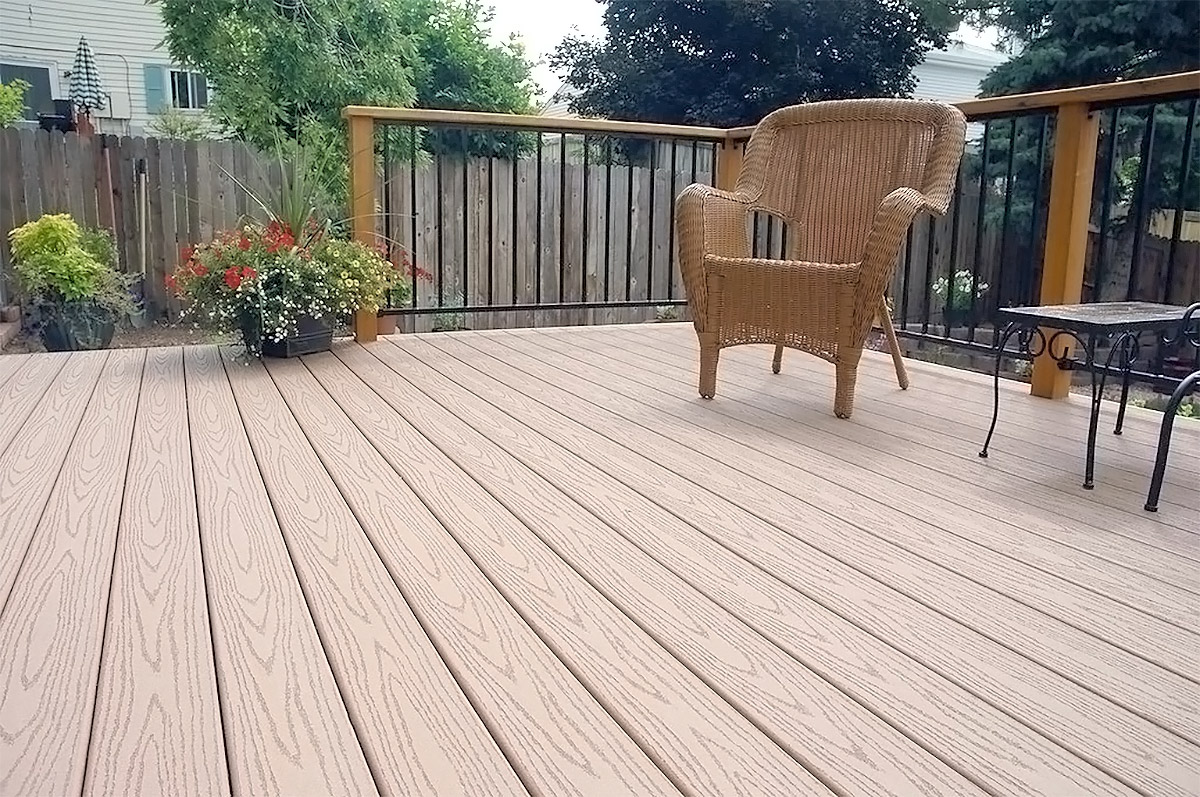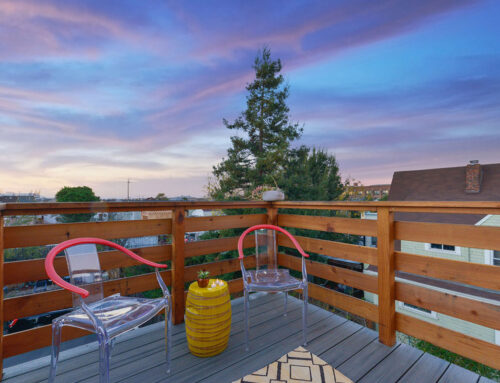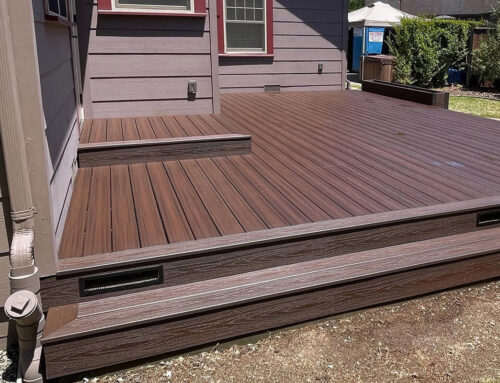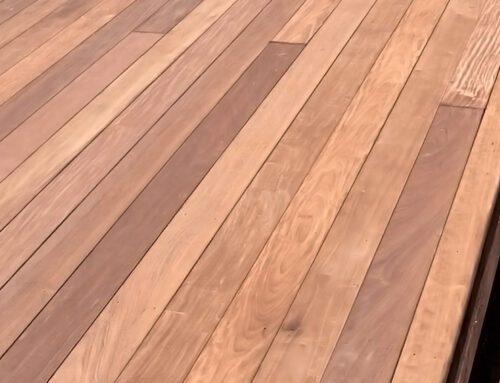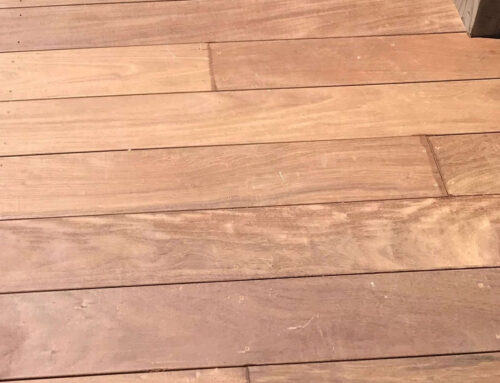When you find yourself ready to replace your deck, or add an extension onto an existing deck, having a good understanding of your plans and goals before you get started is a great idea. Will this be a DIY project, or will you work with a professional contractor?
Regardless of who builds your deck, you may be faced with the choice of what material to use. True natural woods can be difficult to find in some cases, especially hardwoods and exotics such as mahogany, so you may look towards composite materials instead.
Due to being readily available at most hardware stores or from local contractors, you may feel like composite material is the best choice for your future project. But when installing a deck, you want to ensure it lasts many years to come. Unfortunately, composite decking may not be all that you expected it to be.
The Biggest Composite Downsides
While composite materials are easier to find than hardwoods, exotic woods, and evergreen wood, they can be severely prone to mold. Natural wood such as cedar and mahogany have natural oils and tannins which help prevent moisture build up without having to chemically treat the wood or slather it in a thick and unsightly stain or tar-like coating.
Since composite materials are not natural woods, they lack this oil and tannin additive which makes them very prone to collecting moisture. If left untreated, composites will mold within the first year and can lead to severe weakening or warping of the boards.
Even composite boards sold as ‘fully encapsulated’ for moisture protection are still prone to moisture permeating through the holes and cracks in the encased skin. In areas where humidity is a major issue, such as through heavy rainfall or snowfall, composite decking can be a terrible choice.
Heat Absorption Issues
Composite decking looks extremely stylish and can be a great way to improve the outdoor aesthetics around your home. However, this type of decking is not suitable for walking barefoot during the summer.
Due to the makeup of the material, it can absorb and hold in heat from the sun. This makes the boards extremely hot and potentially even dangerous to walk on barefoot, especially for children and even pets. This prevents you from fully enjoying your deck build for a majority of the year if you live in an area that has hot summers unless a large amount of natural or artificial shade is provided over the deck itself.
Warping and Cracking
Composite materials are somewhat flexible when it comes to expansion in the heat, and contraction in the cold. In climates where temperature changes can be drastic, composite decking can be very prone to warping, twisting, cracking, and other damages due to the changes.
In addition, extreme temperature changes can lead to the individual boards shrinking which can eventually loosen screws or nails. You may also notice delamination and peeling of the composite coating leading to a very unsightly looking deck.


